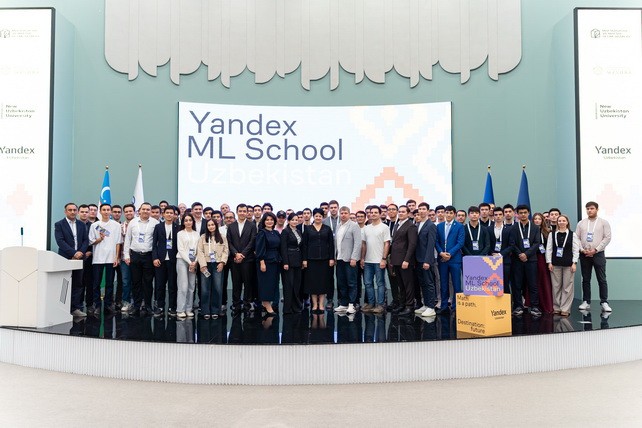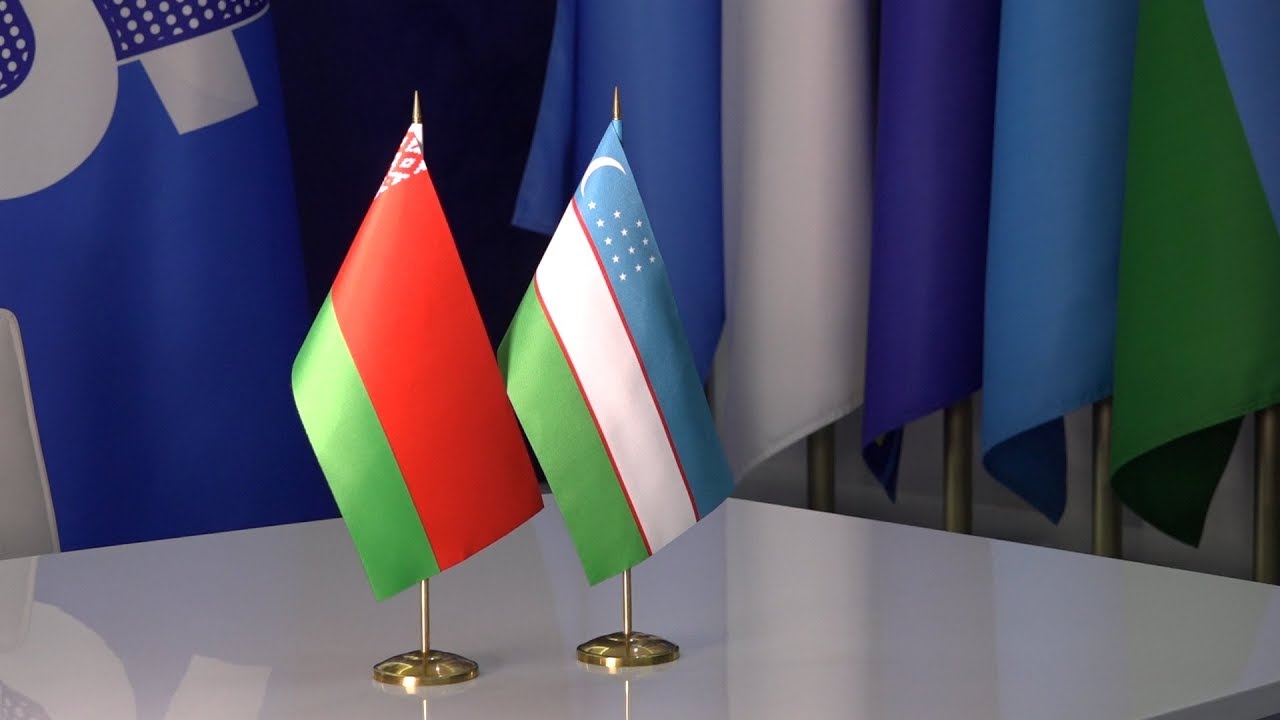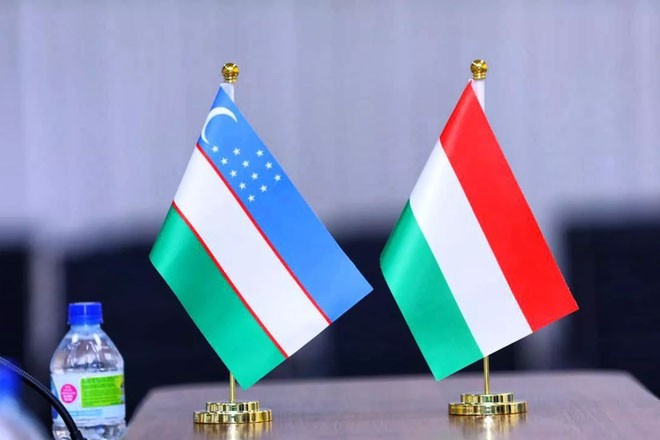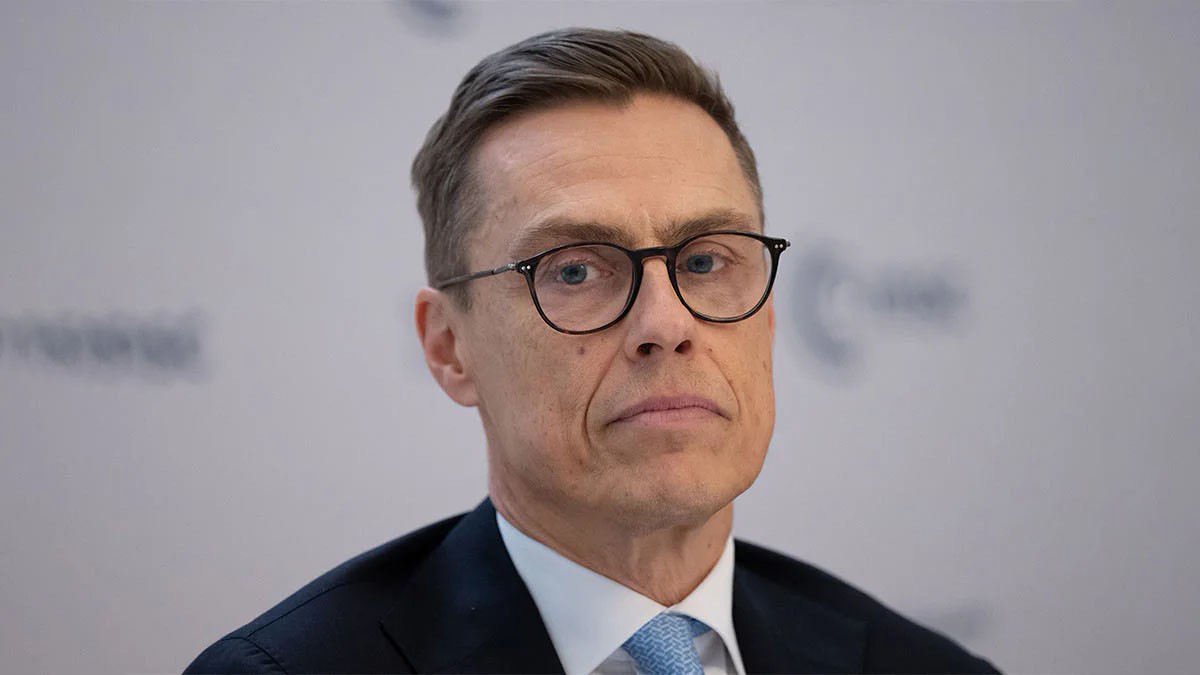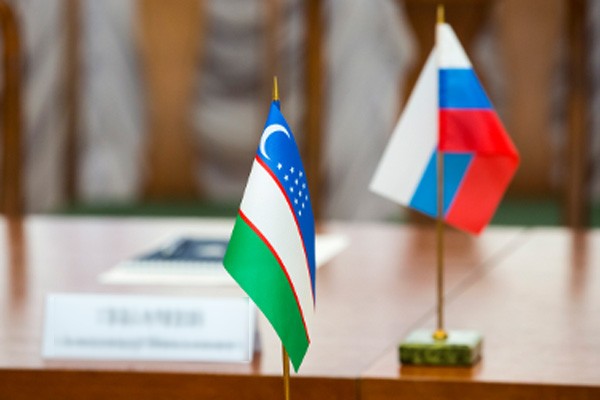The Russian digital messenger Max, which is part of the ecosystem of one of the largest technology companies in the region, has implemented its own information security monitoring system. The solution is based on the SIEM platform (Security Information and Event Management), which is able to process and analyze more than 3 million events per second coming from internal and external IT infrastructures in real time.
According to the developers, VKSIEM processes more than 200 billion events related to information security every day. Max messenger accounts for about 15% of this volume. The amount of data stored in the system archive for cyber research purposes exceeds 10 petabytes. This allows you to provide not only reactive incident detection, but also proactive threat hunting — the so-called threat hunting, which is becoming the standard in highly loaded digital platforms.
Max has already integrated the automated source code analysis system VK Security Gate, aimed at identifying vulnerabilities before the release stage. The platform architecture includes audio and video calls, instant file sharing of up to 4 gigabytes, money transfers, as well as a built-in chatbot constructor and mini-applications. One of the notable solutions of the platform was the artificial intelligence GigaChat, built into the messenger interface, and a service for booking trips.
The Max app is registered in the Russian software registry and is available in mobile, desktop, and web versions. Starting from September 1, 2025, it must be pre-installed on all new smartphones and tablets delivered to the Russian retail network. This commitment is enshrined at the State level and is designed to strengthen technological sovereignty in the digital communications sector.
The growth of the messenger's user base confirms its demand: by the end of June 2025, more than one million people were registered in the system. Already in early July, the number of users exceeded two million. Against the background of global digital competition and tougher requirements for personal data protection, the Max case is becoming an example of large-scale integration of national solutions into the critical infrastructure of user communication.






